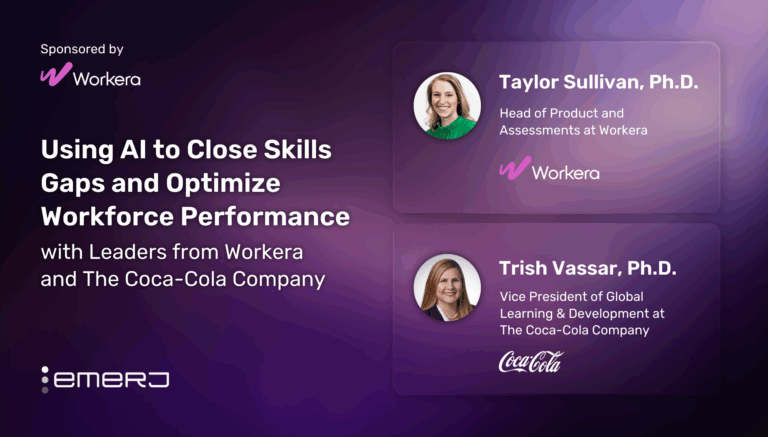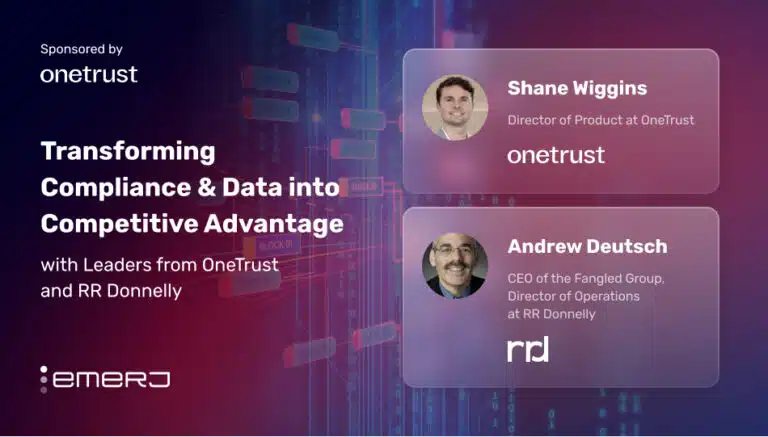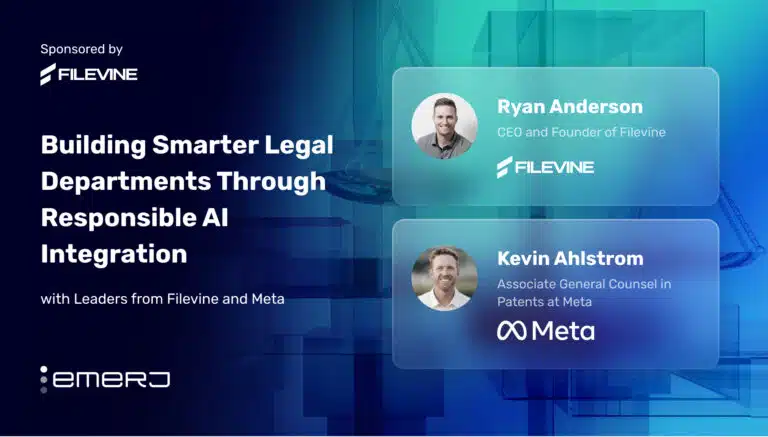Originally founded as Fair, Isaac and Company, FICO is a data analytics company founded in 1956. Based in Bozeman, Montana, the company is focused on credit scoring services, most notably its FICO score, which measures a person’s creditworthiness.
FICO’s use of AI has spanned decades and data-driven decision making is at the core of modern businesses. Companies obviously need data to make those decisions but do not necessarily need an abundance of unrelated data.
Having the correct type of data for the problem at hand not only helps businesses run more efficiently but is also the backbone of good data governance practices across the modern financial institution as an enterprise, which this article will discuss in more detail below.
That said, so much of data governance relies on having high quality and especially clean data to begin. According to research by Gartner, organizations believe an average of $15 million per year in losses to be attributed to poor data quality.
Emerj Senior Editor Matthew DeMello recently spoke at length with Bill Waid, Chief Product and Technology Officer at FICO, twice on the ‘AI in Financial Services Podcast’ to discuss challenges leaders in financial services face in leveling up data governance operations in their organizations.
This article will focus on three key takeaways for financial leaders from our interviews with Bill Waid in driving use case-dependent data capabilities across the enterprise:
- Addressing the limitations companies encounter with data: Identifying and recognizing six specific challenges that prevent companies from realizing the full potential of the value of the data.
- Creating the right balance for successful digital transformation: Creating a defined strategy for including alternative data sources to strike an ideal balance between people, process and technology.
- Leveling up organizational data operations: Focusing on sourcing data that is useful and actionable to ensure it can provide ROI.
Listen to the full episodes below:
Guest: Bill Waid, Chief Product and Technology Officer at FICO
Expertise: Analytics, decisioning and optimization solutions, data governance
Brief Recognition: Bill Waid develops decision management systems at FICO. Before FICO, Bill worked in sales and systems engineering for various software firms, including HNC Software, Blaze and Neuron Data.
Identifying Limitations Companies Encounter from Realizing Full Potential of Value of Data
Waid discusses the standard set of challenges that all organizations looking to capitalize on data encounter. He explains how these challenges are driven by the underlying belief that if more data is brought into a company, there will be better results. These barriers hamper a company’s ability to realize the full potential of the value of the data and include:
- How do I get access to the data? While data can either be purchased or mined from a company’s own data sources, the data is often in disparate systems, making it harder to access.
- How do I manage data access cost-effectively? This is particularly important when dealing with large volumes of data that are also quickly growing.
- How do you get helpful business insight out of that data?
- How do you put these insights into action?
- How do you measure the outcomes and the returns from that data?
- How do you govern that data?
Waid highlights the significance of these challenges. “In concert, all six of them provide a pretty big hurdle for organizations looking to bring in alternative data sources and improve their outcomes.”
Waid further emphasizes the importance of taking into consideration data security, data privacy, and the increase in industry regulations on a global basis. He highlights why access to data is not enough. “It’s not enough to just have access to the data. You have to be able to explain how you got that data, where you used it, how the decision was actually derived,” as he describes what organizations need to consider.
From a regulation perspective, companies also need to be highly vigilant and follow all regulations when deleting data. Waid mentions that companies either struggle with this or avoid it altogether. He goes on to explain that whatever strategies companies have for using alternative data, they need to make that strategy foundational to their overall approach.
Creating the Right Balance for Successful Digital Transformation
Waid emphasizes how successful digital transformation requires three things: people, processes and technology. He also explains how organizations that are transitioning to digital engagement are eagerly seeking more data but need a defined strategy to include alternative data.
Waid continues, explaining how the better companies are suited to addressing their customers’ needs, the better they understand the data. He specifies how a company’s call center can provide a great source of data regarding customer sentiment and behavior patterns:
“A common theme across the board for any successful digital transformation is the equal balance between people, process and technology,” says Waid. “It cannot be any one of them. It has to be all three brought together and successfully.”
Waid describes the tools that many organizations will use when accessing data. The main point Waid emphasizes is that organizations should be able to access data in its current form without needing to make significant investments in re-platforming or merging the data.
In the process, Waid also describes how AI has evolved. Building a vast data lake is no longer sufficient, Waid mentions. In fact, it’s been demonstrated that because data lakes contain such a large amount of data, it’s common for data to go unused.
He goes on to explain how organizations can reduce their infrastructure requirements by implementing intelligent AI elements that are always on, aware, and always becoming smarter. Waid also addresses the role compute power has in implementing generative AI.
He insists that AI systems need to grow incrementally over time. Waid assures that infrastructure is not a huge concern if you find the right balance between the necessary compute and that incremental growth. If the AI is accumulating knowledge over time, the infrastructure requirements drastically drop, explains Waid.
Leveling up an Organization When It Comes to Data
When asked about how companies can level up in terms of data, Waid provides relevant insight. The insight applies equally to larger organizations and legacy institutions that are just starting to implement AI solutions. He explains how it’s not necessarily about making a significant investment.
Waid expands on this by explaining how having the correct data is a lot more critical than having an abundance of data. HeWaid offers, “Sometimes it’s actually not about the volume of data; it’s the quality of data. Companies need to determine what data is beneficial and what data provides insight that can be actioned.
Waid clarifies that in his experience, organizations that have successfully leveraged data have implemented a mechanism for answering the following two questions:
- How did I use that data?
- Did it actually provide business returns?
Getting executive buy-in for a data governance project requires transparency and evidence. Business executives will only be willing to pursue machine learning and AI projects if they have transparency about the resulting benefits.
Waid provided a real-world example of the resulting reluctance when evidence is lacking or not communicated. He explains a conversation he had with a CEO whose company was updating its behavior and risk models. He continues, “They came up with excellent analytics off of a new set of performance data, but no one could tell the CEO what those new models were going to do to his pricing model.”
He cautions against organizations making significant investments and collecting petabytes of information. Instead, they should start with the information that they currently have and refine it. The result should be a set of data that’s actually useful.
Creating an outstanding machine learning or AI model is not of primary importance. It’s more important to measure how effective the data is. However, in order to begin to measure the effectiveness of data, organizations have to identify whether the data in question actually found its way into a decision and what the outcome of that decision was.
Waid illustrated the differences between decision management and conventional approaches to AI adoption. He explains how decision management as a discipline brings humans and AI together. This approach enables businesses to leverage machine learning to process data but still have human-guided outcomes.



















